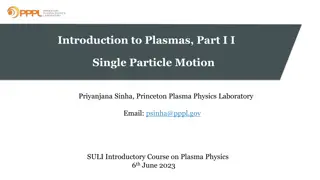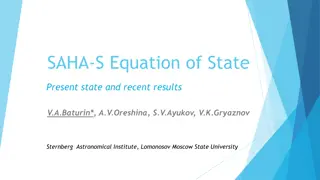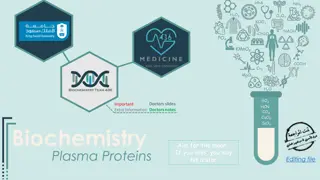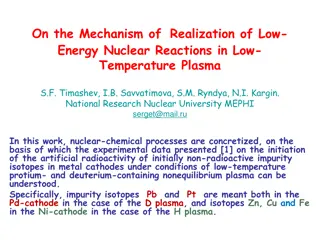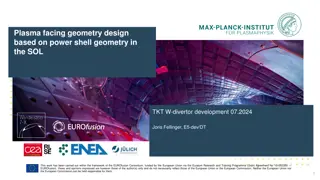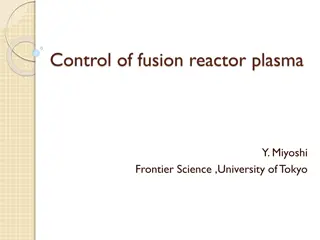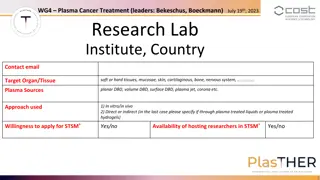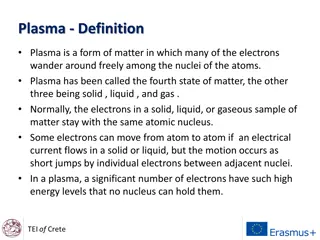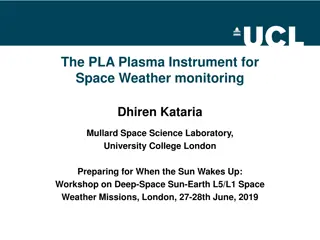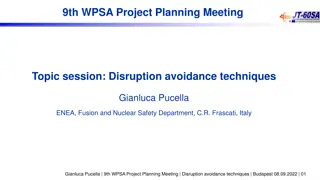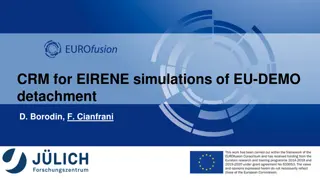
Understanding Plasmapheresis and Therapeutic Apharesis Procedures
Learn about the use of plasmapheresis in medical treatment, the differences between plasma exchange and plasmapheresis, therapeutic apharesis methods, indications for plasmapheresis, and the classification of indications by ASFA. Discover how these procedures remove specific molecules from plasma and their importance in treating various conditions.
Download Presentation

Please find below an Image/Link to download the presentation.
The content on the website is provided AS IS for your information and personal use only. It may not be sold, licensed, or shared on other websites without obtaining consent from the author. If you encounter any issues during the download, it is possible that the publisher has removed the file from their server.
You are allowed to download the files provided on this website for personal or commercial use, subject to the condition that they are used lawfully. All files are the property of their respective owners.
The content on the website is provided AS IS for your information and personal use only. It may not be sold, licensed, or shared on other websites without obtaining consent from the author.
E N D
Presentation Transcript
1 min eduvisual Plasma Exchange adviced for regular use
Terminologies first! immunoadsorption Plasma exchange = TPE = plasmapharesis DFPP Removing or exchanging plasma Requires centrifugation or plasmafiltration system Apharesis Removing or exchanging cells e.g leukapheresis Requires centrifugation system Cytapharesis
The real plasmapheresis The real plasmapheresis done in the blood bank removes a smaller amount of plasma (<15%) of the patient s blood volume and therefore does not require replacement of the removed plasma. Plasma is collected from healthy donors for transfusion or manufactured into products such as albumin, IVIG, factor concentrates. In common usage, the terms plasma exchange and plasmapheresis are used interchangeably, although the 2 procedures are different.
2 methods of therapeutic apharesis Centrifugation (talk to the bloodbank) Need only a peripheral line Able to do cytapharesis More efficient at removing all plasma components Uses citrate Membrane (talk to the nephrologists) Need a dialysis catheter Can be adapted for cascade filtration (DFPP) Uses heparin
Why plasmapheresis? to remove from plasma - Autoantibodies Goodpastures, ANCA, SLE, Myaesthaenia gravis, GBS, TTP, vasculitis, Immunoglobulins Hyperviscosity syndrome, Waldensterom, multiple myeloma, cryoglobulins Kidney transplant ABMR and desensitization Hormones thyroid storm (99% of T4 and T3 protein bound) Toxins amanita phalloides Lipids
Did you know ASFA has classified the indications of PLEX based on evidence?
Its all about sizes of molecules to be removed! (30 microns) dialyzer membrane PLEX membrane (50 microns) LDL IgG (150 000 Daltons) creatinine urea IgM B2 microglobulin hormones Does not remove anything bigger than albumin phosphate Removes everything in plasma except blood cells! Albumin Coagulation factors (68 000 Daltons) haemodialysis haemodialysis plasma exchange plasma exchange
Substitution fluid plasma exchange circuit Plasma separator Bad plasma with bad antibodies
Plasma volume calculation 1 plasma volume - 0.065 x Weight x (1-Hct) e.g 1 plasma volume in a 60kg man 0.065 x 60 x (1- 0.40) = 2.34 L 1.5 plasma volume = 1.5 x 2.52 = 3.51 L
Replacement fluids Human Albumin 5% (either whole replacement or albumin and saline) Normal saline FFP (in TTP where need to replace ADAMTS13, in cases of pulmonary haemorhage or pre or post op) * For DFPP replacement volume is 20% of target plasma volume e.g. if 3L then 600ml
Prescription Qb 100-150 ml/min Time based on target plasma volume Plasma pump 25ml/min If 3000 ml/ 25 = 120 min
Immunoglobulin compartmental shifts and rebound IgG IgG (most auto-antibodies) only 45% of IgG is intravascular, and within 48 hours, plasma IgG returns to approximately 60% of the pre-apheresis level. production also show "rebound" phenomenon, and cessation of TPE after several procedures can result in pretreatment or even higher levels of IgG, especially if the patient is not on immunosuppressive therapy. So need rigorous regimen involving several TA procedures and the institution of immunosuppressive therapy are important to significantly reduce IgG levels. IgM IgM 75% of IgM is intravascular. As a result, only one or two procedures are usually required to rapidly reduce IgM levels.
How much immunoglobulins removed per session Redistribution from extravascular to intravascular Ig levels rebound after each PLEX sessions! 1 plasma volume 60% 1.5 plasma volume 75% More plasma volume not much difference plus more longer PLEX 5 sessions over 7-10 days will remove 90%
How to lower immunoglobulins Immunoglobulins Production by plasma cells Redistribution immunoglobulins not only intravascular Lower it by Chemotherapy or immunomodulation Plasma exchange
Thanks for watching! renaluitm.com

